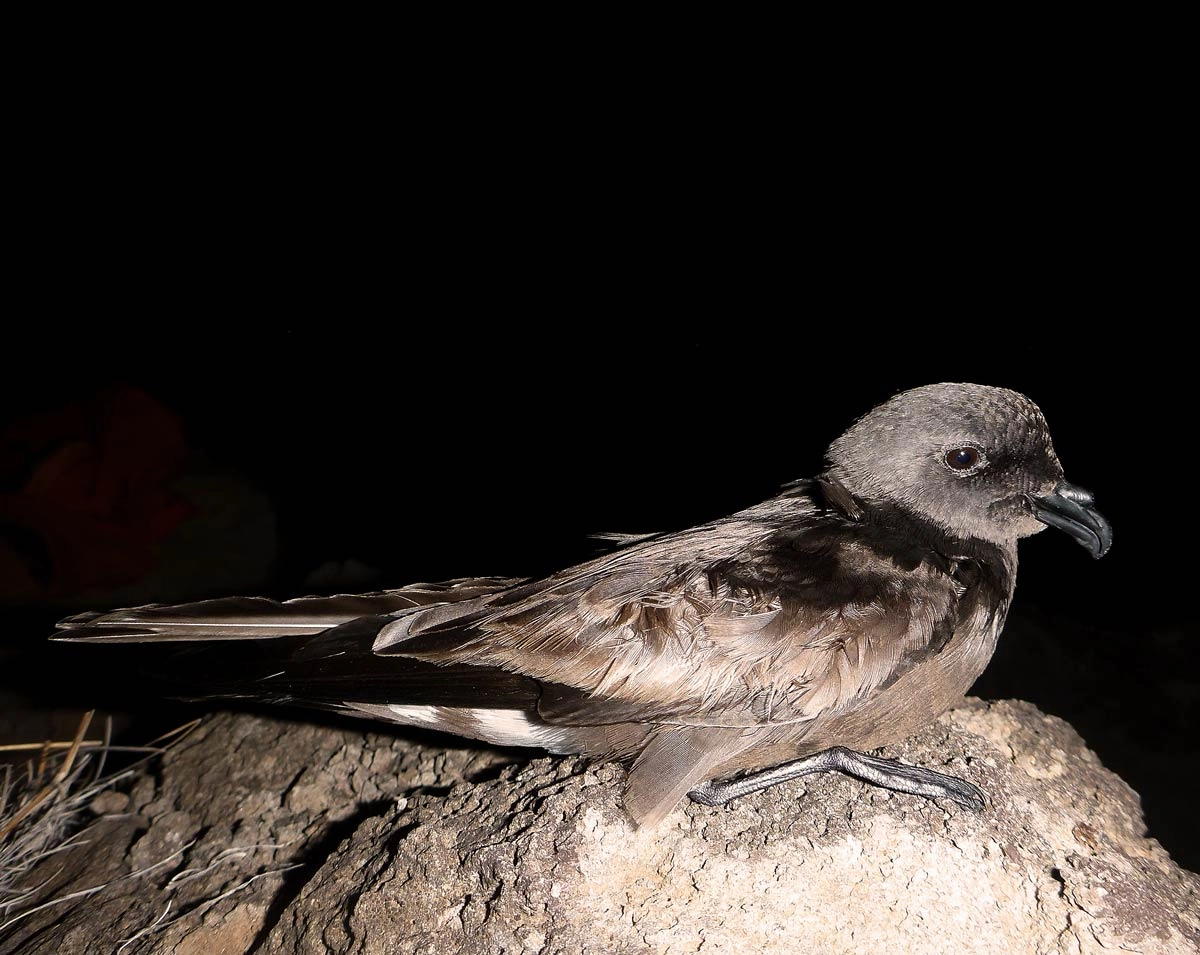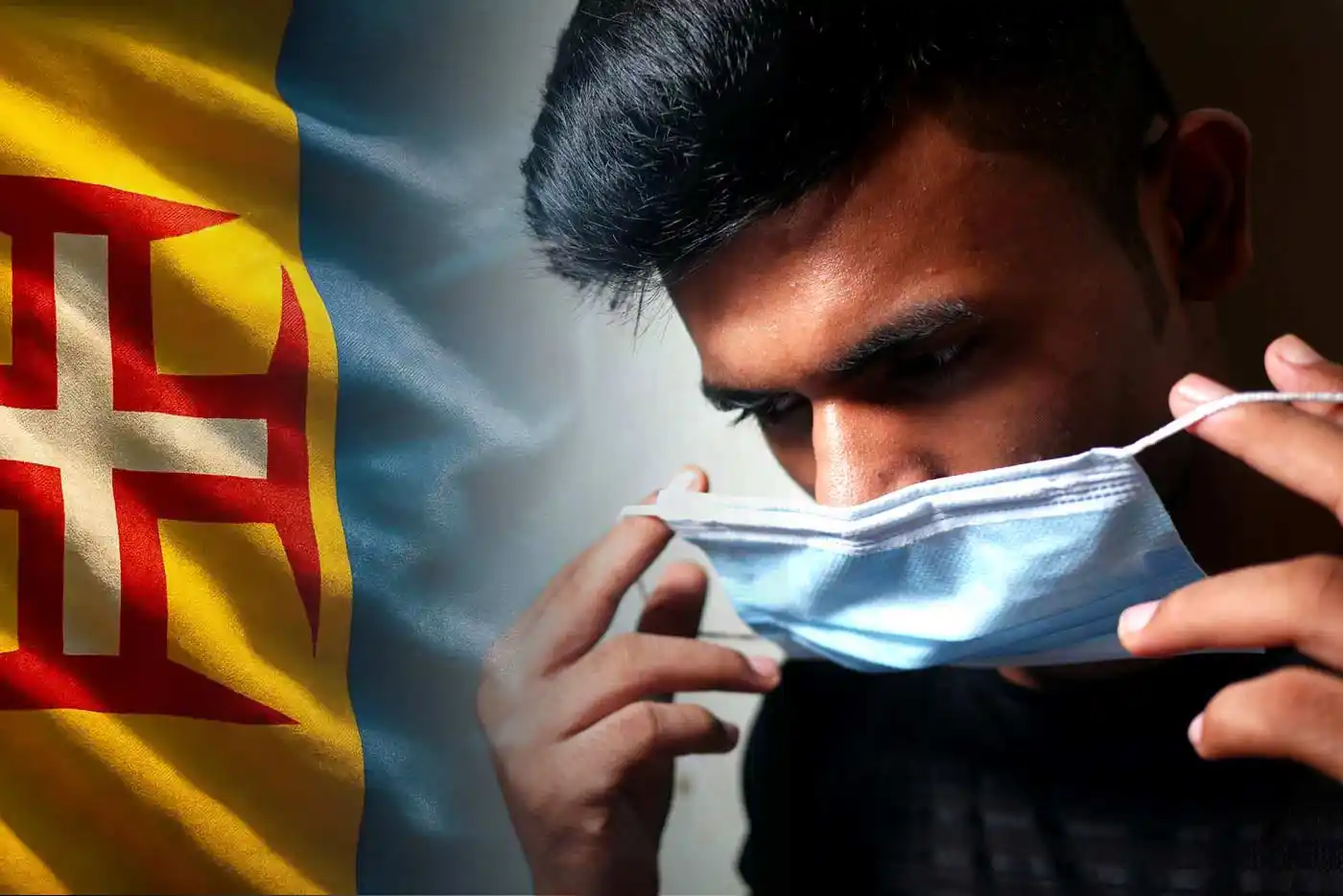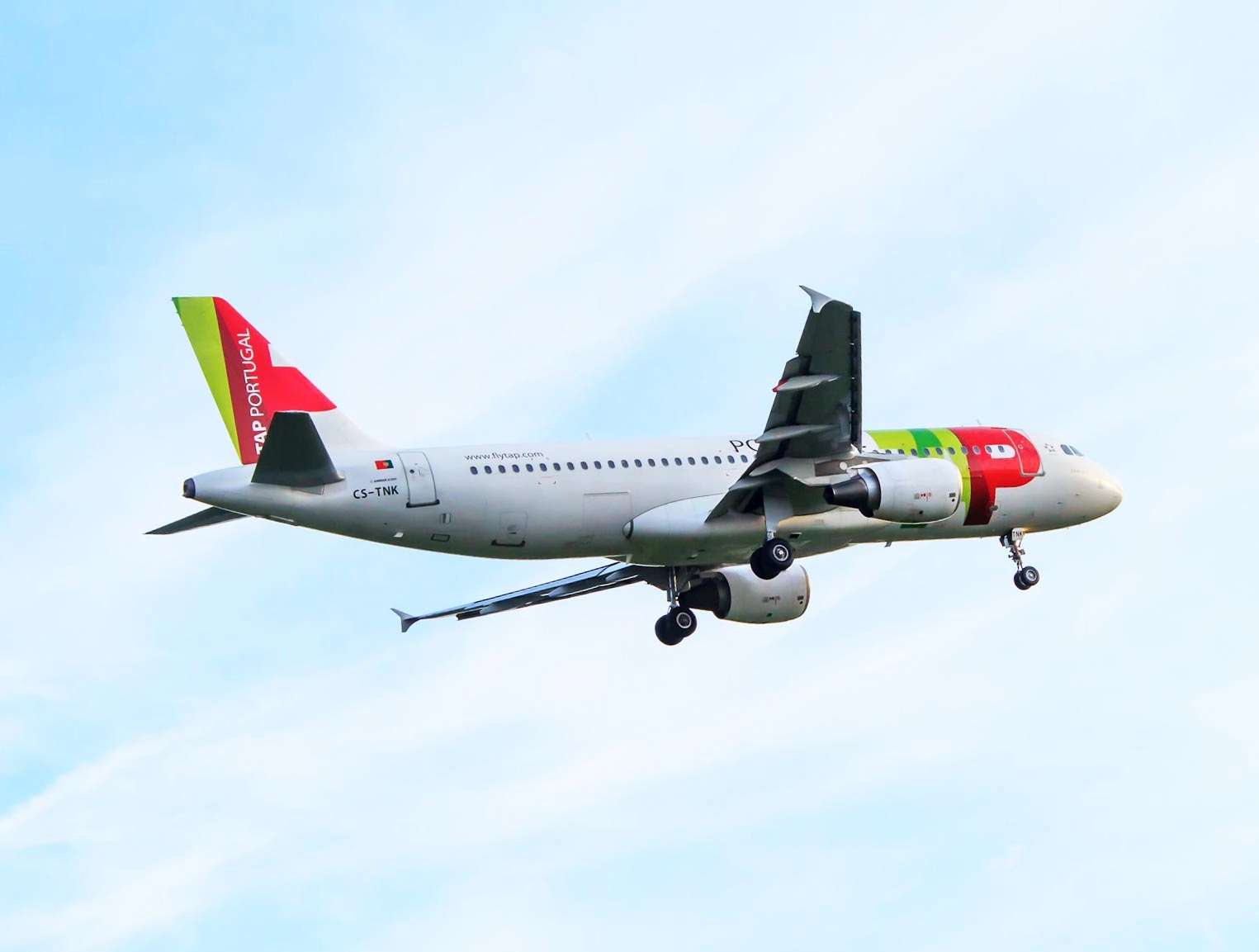Wildfires Hit Madeiran Petrel During Critical Nesting Period
The wildfires that have devastated Madeira for over a week pose a serious threat to the world’s only breeding colony of the Madeiran petrel. These fires struck at a critical time, as chicks were still in their nests, leading to fears that they may have perished due to the flames, smoke inhalation, or collapsed nests. Cátia Gouveia, Coordinator of the Portuguese Society for the Study of Birds (SPEA) Madeira, warns that even if the adult birds survive, the reproductive success for this year is severely compromised. Given that the petrels lay only one egg annually, the long-term recovery of this endangered species is at stake.
In Curral das Freiras, the fire spread through the breeding area of the Madeiran petrel. Some of the adults may have fled, but the chicks may have died from burns, smoke inhalation, or the collapse of nests, many of which are in inaccessible locations.
Forest Ecosystem Faces Extended Recovery Period
According to Spea, the fires have consumed more than 8,000 hectares, about 14% of Madeira’s forest area, including vital parts of the Madeira Natural Park and Laurissilva Forest. The destruction of these habitats is particularly concerning due to the forest's role in maintaining the island's water resources and preventing soil erosion. Gouveia predicts that restoring the native flora and mitigating the spread of invasive species will be a prolonged process. The 2010 fires had already worsened conditions by spreading invasive plants like gorse, which are more susceptible to fire.
One of the world’s most endangered seabirds, the Madeiran petrel was considered extinct until the late 1960s. Currently classified as "Endangered," the species has 65 to 80 breeding pairs, which nest only on small ledges above 1600 meters altitude, between Pico do Areeiro and Pico Ruivo—the exact area affected by the fire.
Rebuilding the Environment Will Take Decades
The scale of the damage inflicted on Madeira’s ecosystems and the endangered Madeiran petrel underscores the immense effort required for recovery. Experts anticipate that the restoration of the island’s unique forests and seabird populations will require decades to fully recover. In the meantime, both the natural environment and the endangered species face a prolonged period of vulnerability and ecological imbalance.
Urgent Need for Enhanced Firefighting and Long-Term Planning
The ongoing fires, particularly in high-altitude regions like Pico Ruivo, are destabilizing crucial ecosystems that help regulate water resources. The destruction of these areas may increase the risk of landslides and flooding in the winter. Gouveia emphasizes the need for immediate improvements in firefighting resources, including more capable aerial units, to address these challenges. Furthermore, she stresses that effective regional planning and management are essential to prevent future fires and facilitate the long-term recovery of Madeira’s unique environment and wildlife.








Comments